
Guadalcanal
Coming of Age at Tarawa
By Nick CarielloIt was with great anticipation that I sprang up the snowy steps of a Milwaukee building in January 1942 and entered the Marine Corps Recruitment Center. Read more
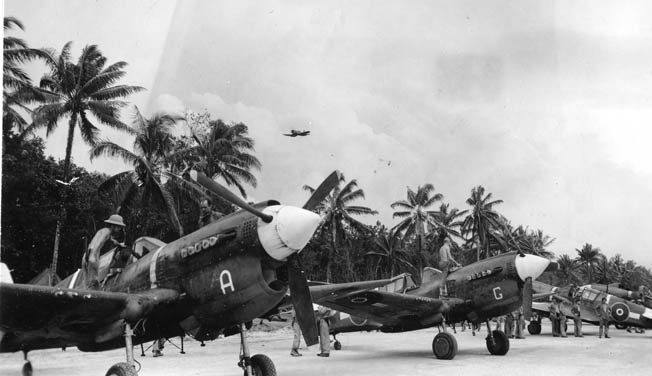
Guadalcanal, an island in the Solomons archipelago in the South Pacific, was the scene of the first U.S. offensive land action against Japan in World War II. American Marines landed on Guadalcanal in August 1942 and were later supported by U.S. Army troops. The Japanese defended Guadalcanal tenaciously, and the Americans did not declare the island secure until February 1943, and the victory was a turning point in the Pacific War. Numerous naval battles occurred off the shores of Guadalcanal as well.

Guadalcanal
It was with great anticipation that I sprang up the snowy steps of a Milwaukee building in January 1942 and entered the Marine Corps Recruitment Center. Read more
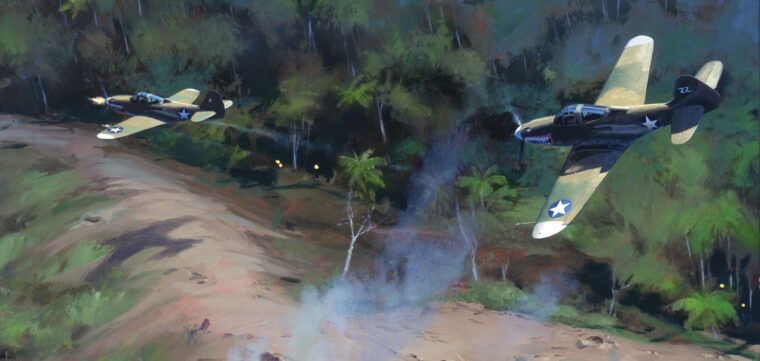
Guadalcanal
Shortly after 11 am on August 22, 1942, the roar of aircraft engines shattered the stillness over Henderson Field, Guadalcanal. Read more
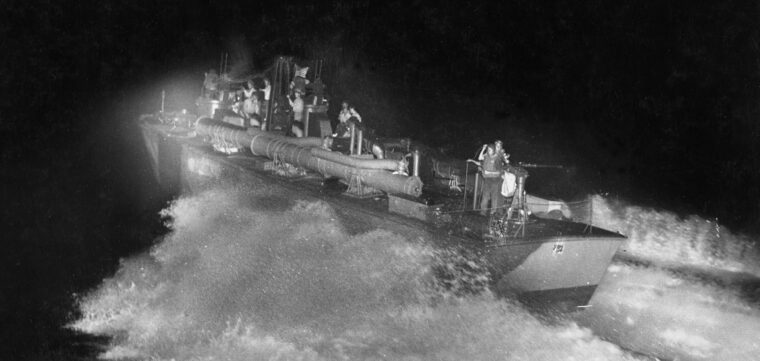
Guadalcanal
Shortland Harbor was bustling with activity during the late morning hours of December 7, 1942. A group of warships were slowly getting underway, making for the open sea. Read more
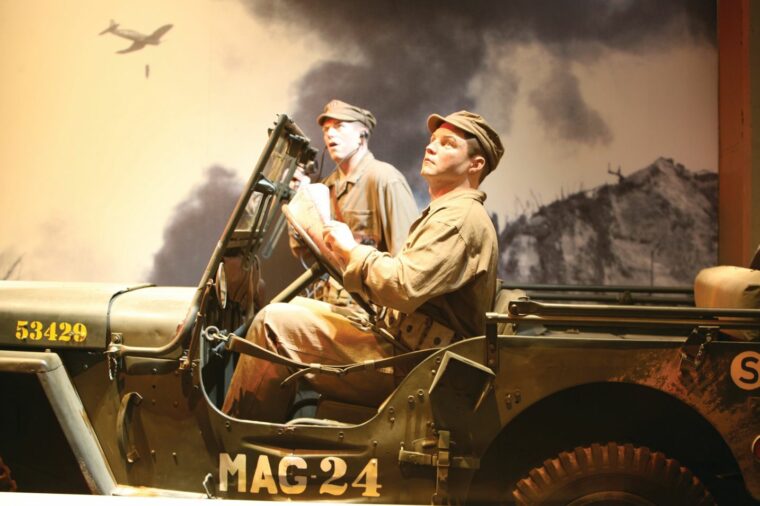
Guadalcanal
Twenty miles outside Washington, D.C., at Quantico, Virginia, motorists traveling on Interstate 95 will come upon an unusual building that is clearly visible, day or night. Read more
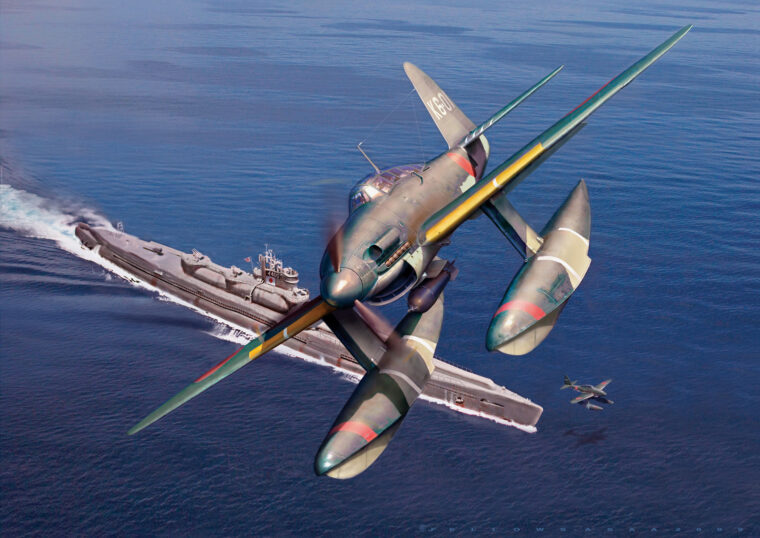
Guadalcanal
Lieutenant Commander Stephen L. Johnson had a problem on his hands; a very large problem. His Balao-class submarine, the Segundo, had just picked up a large radar contact on the surface about 100 miles off Honshu, one of Japan’s home islands, heading south toward Tokyo. Read more
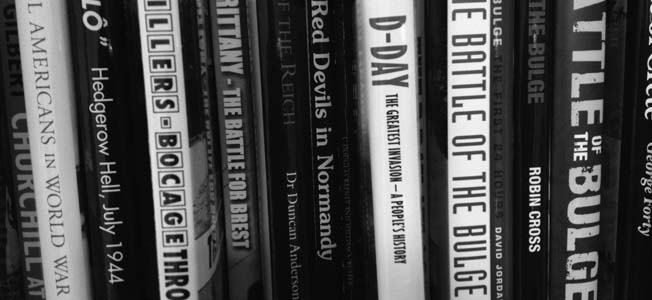
Guadalcanal
American General George S. Patton, Jr., and German Field Marshal Erwin Rommel both demonstrated the masterful employment of armored forces in many World War II military campaigns. Read more
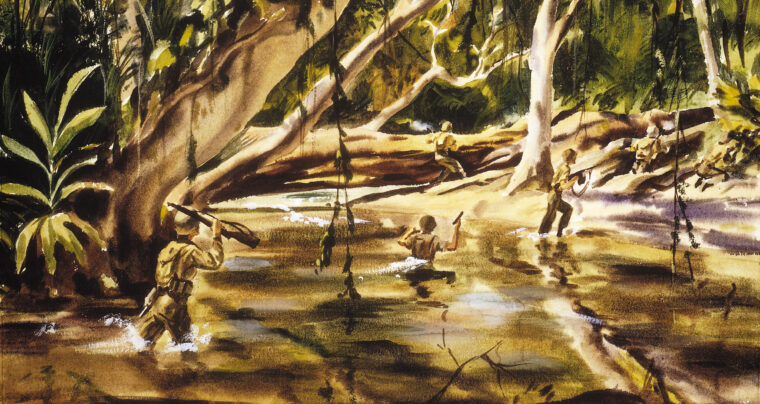
Guadalcanal
The summer of 1942 had brought uplifting news for the United States in the Pacific Theater. After a numbing series of setbacks, including the December 1941 surprise attack on Pearl Harbor and the subsequent fall of Guam and the Philippines, the nation’s Navy had husbanded its depleted forces and, with the crucial aid of naval intelligence, halted the Japanese in the May 1942 Battle of the Coral Sea and the June Battle of Midway. Read more
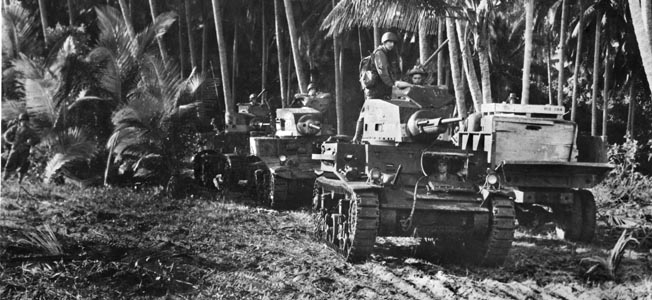
Guadalcanal
At about 2:30 on the morning of August 21, 1942, U.S. Marine units east of Henderson Field on the embattled island of Guadalcanal were awakened by several bursts of machinegun fire. Read more
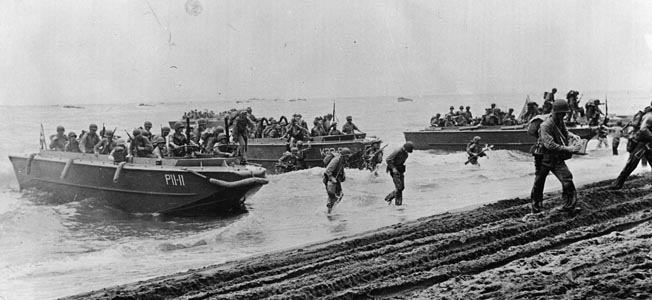
Guadalcanal
As the light of a sickly green flare shot skyward, three Marines from the 11th Machine Gun Squad, H Company, 2nd Battalion, 1st Marine Regiment crouched in the hole awaiting the Japanese onslaught on Guadalcanal. Read more
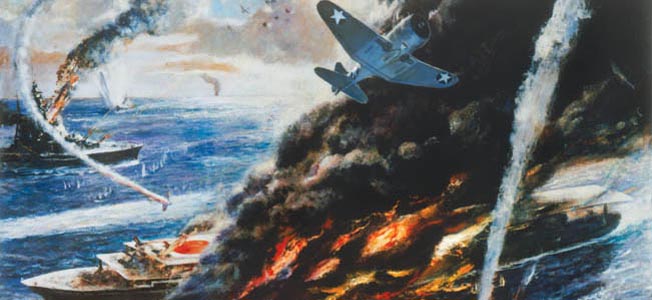
Guadalcanal
Since 1931, Japan’s army had asserted control over territory on the continent of Asia, brushing aside Chinese resistance, condemnation and political pressure from other nations, and most recently, the Allied military. Read more
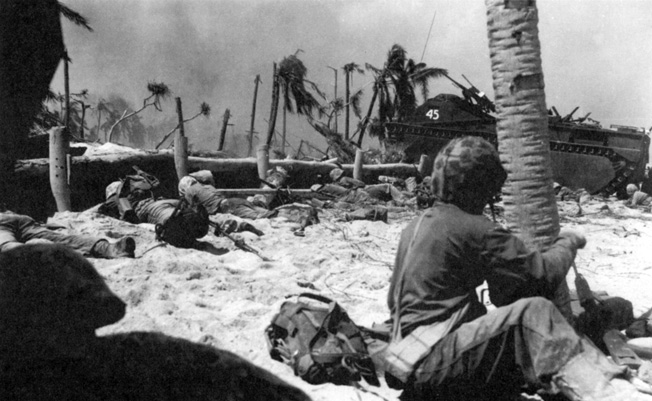
Guadalcanal
Colonel Merritt A. Edson, the 2nd Marine Division’s chief of staff, and Colonel David M. Shoup designed a simple plan to seize Betio—land along its northern beaches, drive straight across the narrow island, and kill the defenders. Read more
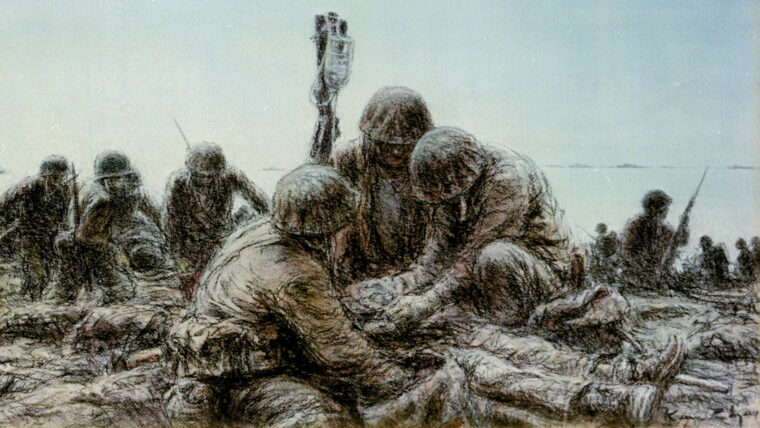
Guadalcanal
Stan Bowen spent the entire war in the U.S. Navy as a pharmacist’s mate, first in the operation at Tarawa, then Saipan and Tinian. Read more
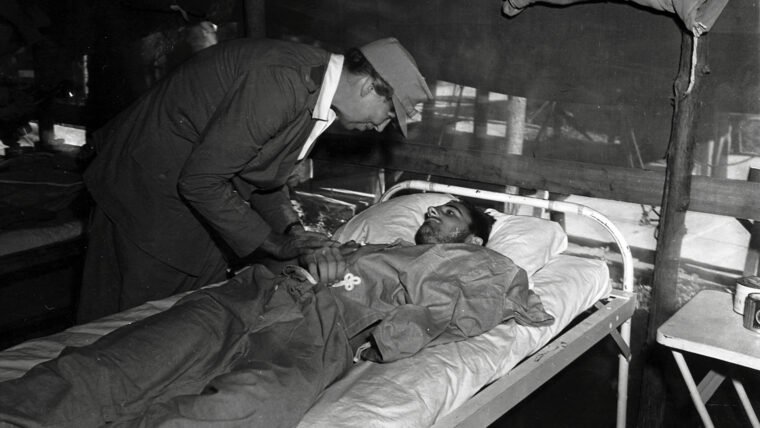
Guadalcanal
On Sunday December 7, 1941, First Lady Eleanor Roosevelt hosted a luncheon for 31 people at the White House. Read more
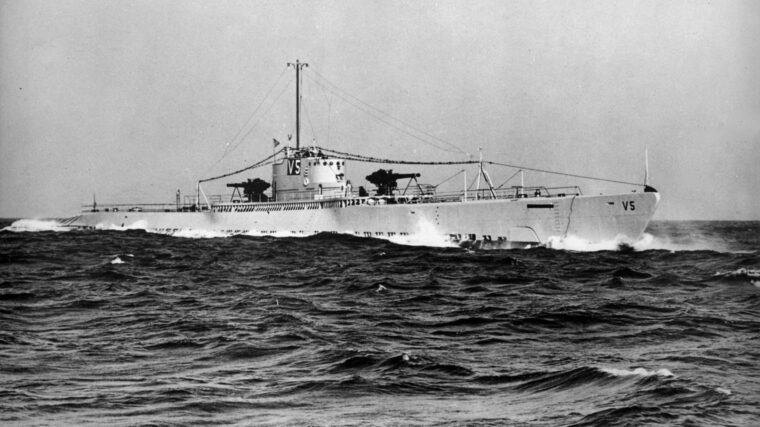
Guadalcanal
Sunsets over Manila Bay are nothing less than spectacular. Once the sun dips below the horizon there is a lingering illumination known as “blue hour” as the sky gradually shifts from pale azure to deep indigo before fading completely into the black tropical night. Read more
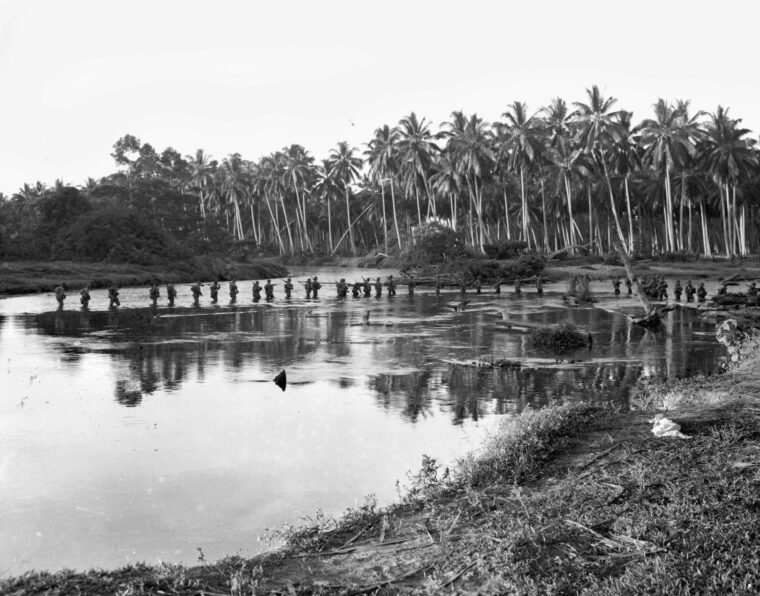
Guadalcanal
On the morning of November 6, 1942, a force of 267 Marines took its first steps into the jungle from a landing point at Aola Bay, roughly 30 miles east of the American perimeter on Guadalcanal. Read more
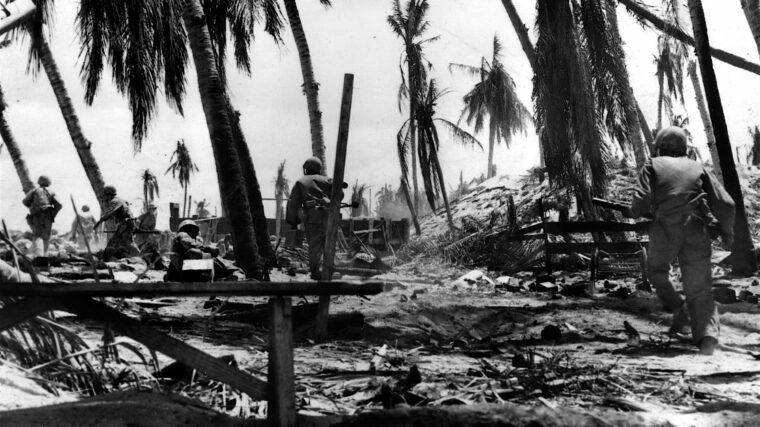
Guadalcanal
Four Medals of Honor were awarded for acts of conspicuous gallantry during the invasion of Tarawa atoll in the Pacific during World War II. Read more
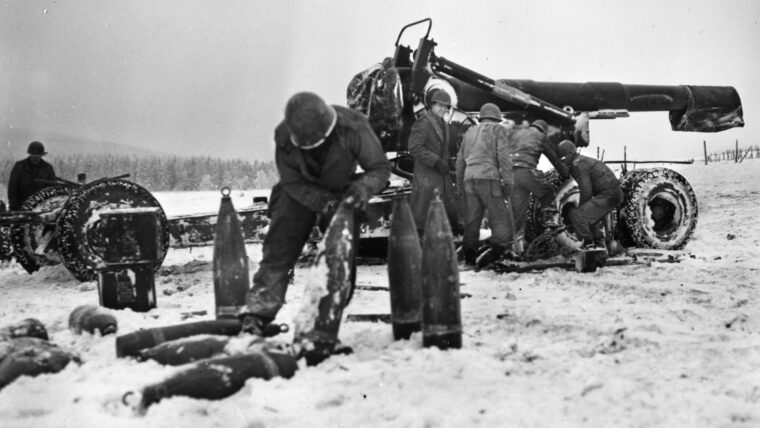
Guadalcanal
Early on the morning of December 16, 1944, the commander of the U.S. 406th Artillery Group, Colonel George Axelson, had a difficult decision to make. Read more
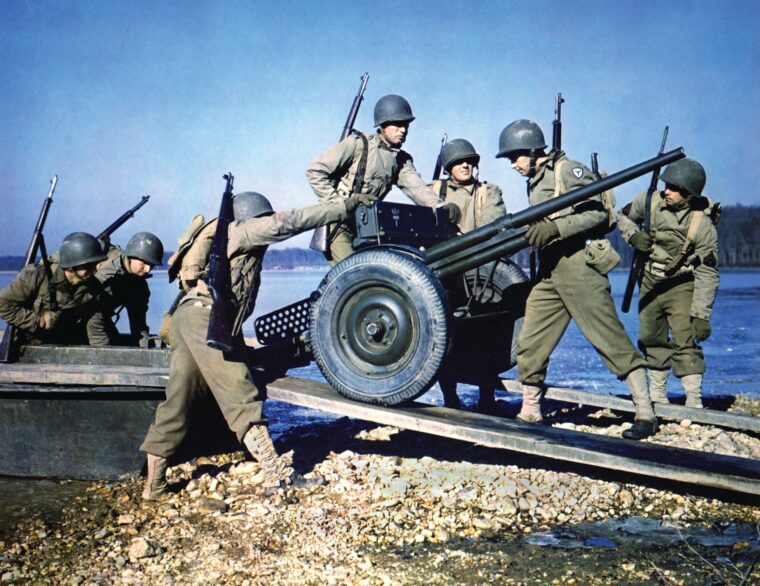
Guadalcanal
The men of Lieutenant Edwin K. Smith’s antitank platoon, 2nd Battalion, 26th Infantry Regiment, 1st Infantry Division peered over the gun shields of their 37mm cannon at the column of Vichy French armored cars approaching their roadblock. Read more
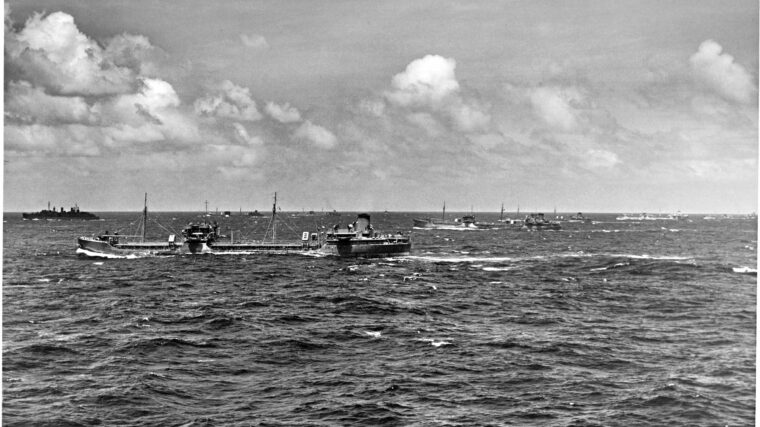
Guadalcanal
The American war in the Pacific proved to be largely a maritime endeavor. Fighting consisted of widespread naval battles between the two major opponents followed by American invasions of Japanese-held island bases. Read more
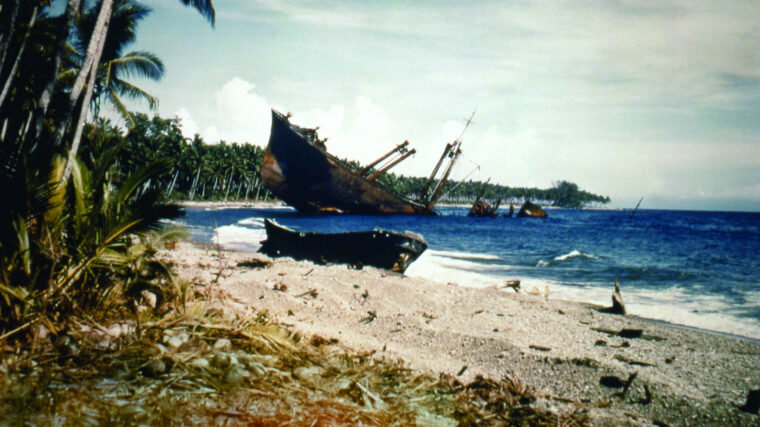
Guadalcanal
The first Japanese general officer to suggest abandoning Guadalcanal to the Americans was probably Maj. Gen. Kenryo Sato, the War Ministry’s chief of its Military Affairs Bureau. Read more